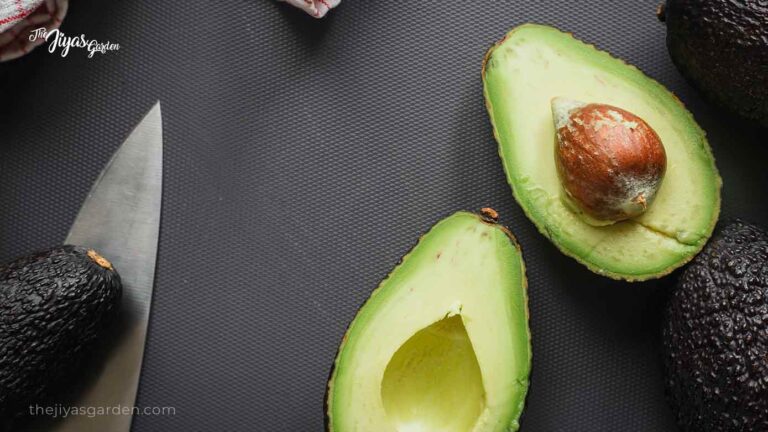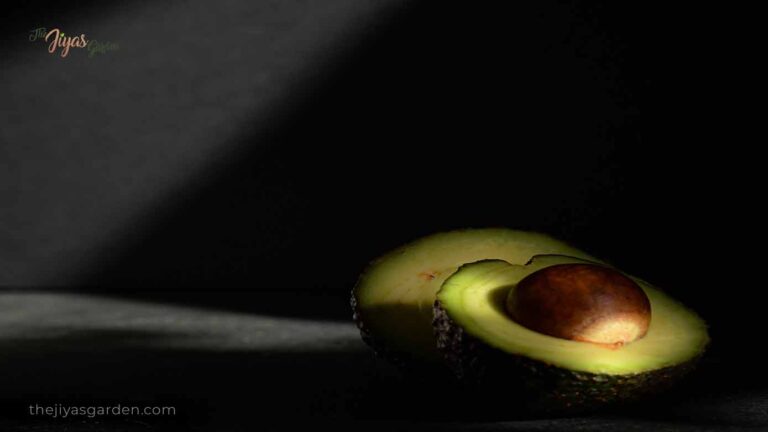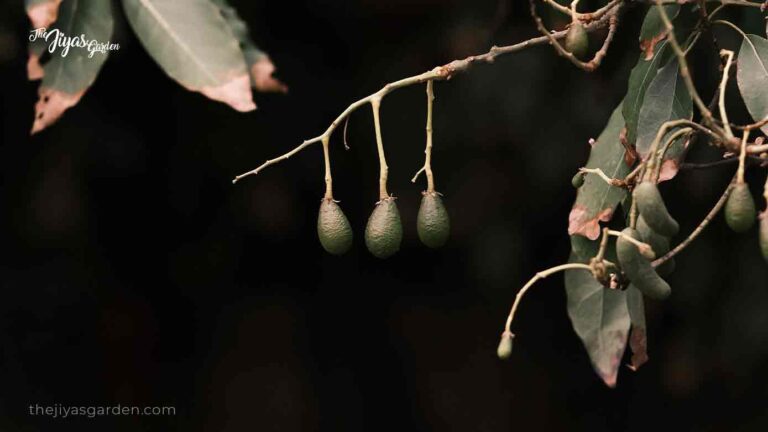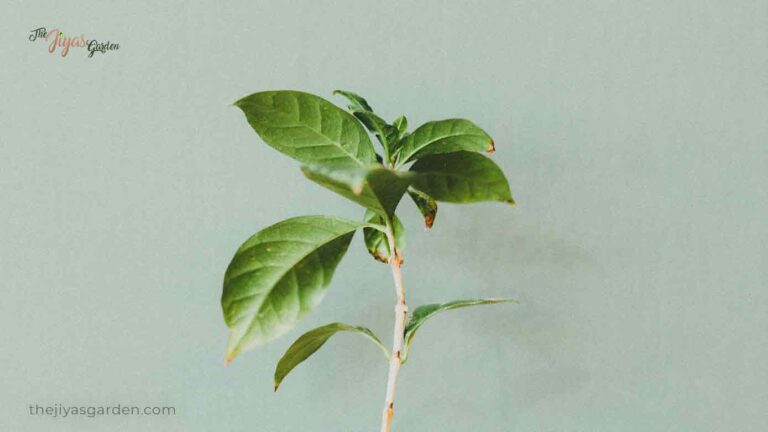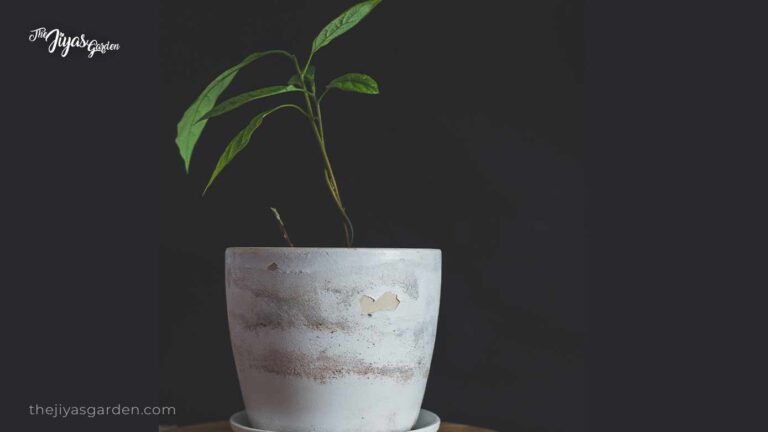Browning Avocado Leaves: How to Save Your Transplanted Tree?
The transplantation of plants requires great care. It is risky and as a result, sometimes your plant can die. Soil naturally shifts when a plant is moved from one place to another. Furthermore damaged, the root structure needs time to recover. Avocado leaves turning brown after transplant due to a number of reasons. The main reason is transplant shock. In this article, we will discuss why are avocado leaves turning brown after transplant.
Avocado leaves turning brown after Transplant
Avocado leaves turn brown due to different reasons. The main reason is transplant shock which is given below.
Transplant Shock
When plants are moved from one place to another, they frequently encounter the issue of transplant shock. It happens when a plant is under stress as a result of alterations in the soil’s composition, temperature, light, humidity, and watering. The stress brought on by transplanting can harm a plant’s roots, leaves, and stem and, in severe situations, can cause wilting a reduction in growth, and even death.
When an avocado plant is transplanted, it is often subjected to a number of stress factors. The root system, for instance, could be harmed or disturbed during the transplanting procedure, and it might take some time for the roots to take root in the new place. The plant might also suffer variations in temperature and humidity, which can lead to stress and dehydration.
The following are some typical signs of transplant shock:
- Drooping or wilting leaves
- Leaf yellowing or browning
- Stunted or sluggish growth
- Leaf fall
- General deterioration of health
Tips to recover from Transplant Shock
The proper care and environment must be given to a plant in order to aid in its recovery from transplant shock. The following advice will assist a plant in overcoming transplant shock:
Water the plant regularly
Make sure that the avocado plant gets enough water to keep the soil moist without becoming soggy. For the first few weeks, watering can be increased to make sure the root system is kept wet. But overwatering can also be harmful to plants so make sure that you don’t overwater the plant because it can lead to root rot.
Give proper Light
Verify the avocado plant receives the proper amount of light because avocados grow better in sunlight but save them from direct sunlight.
Add the proper amount of Fertilizer
For avocado plants to recover from transplant shock, we have to provide more nutrients than could be required. To provide the avocado plant with the nutrients it needs, you can add a balanced fertilizer to the soil or water so that it can grow better and faster.
Stabilizing the environment
Keep temperature, humidity, and light fluctuations from being too abrupt. Whenever possible, transplant during milder or cooler months so the plant has time to settle.
Add Sugar
As strange as it may sound, transplant shock is reported to be lessened by a sugar solution. It shortens the time needed for recovery and helps in calming the immediate surroundings of the plant.
Being patient and giving your plant the time it needs to recover will help it recover from transplant shock, which might take some time. Avoid overfertilizing or overwatering to prevent adding to the plant’s stress. Generally, thoroughly preparing the plant and environment for transplant is the greatest strategy for preventing transplant shock. If transplant shock does occur, the plant can recover and continue to grow healthily with the proper care.
Also Read: What are the symptoms of avocado tree root rot with preventions?
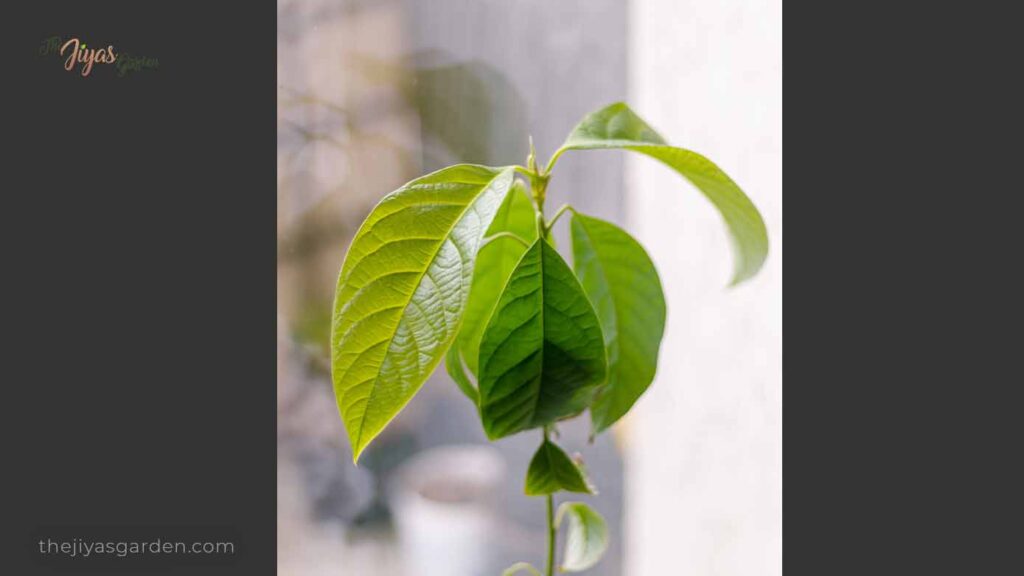
Some other reasons for turning avocado leave brown after transplant are:
Under or overwatering
Verify that the ground is damp but not soggy. By inserting your finger into the soil up to about an inch deep, you can measure the soil’s moisture content. Water is needed if the soil seems dry. Before watering again, the soil has to dry out if it seems wet or soggy.
Deficiency of Nutrients
A deficiency of nutrients is also another reason for the browning of avocado leaves after transplant. After transplant plants require great care. Ensure the soil is nutrient-rich, especially nitrogen, which is crucial for the development of leaves. You can use an avocado tree-specific balanced fertilizer by following the manufacturer’s directions.
Disease
Brown stains on avocado leaves might also be a sign of pests or illnesses. Check the leaves for evidence of insect life or fungus development. If you notice any symptoms, treat the issue as necessary.
Consult a plant expert or a gardening professional for advice if the plant’s health continues to deteriorate or it continues to show indications of stress.
How long does it take an avocado tree to recover from transplant shock?
All we needed is patience. Some trees require up to two years to completely recover from their stress-related illnesses. On rare occasions, it may even take trees up to 5 years to fully recover. Trees often need around a year to recover from transplant shock. So there are the different duration of every tree depending upon their stress level.
Conclusion | Avocado leaves turning brown after Transplant
In this article, we discuss what are the reasons for turning avocado leaves brown after transplant. The main reason is transplant shock. Transplant shock is a problem that plants frequently experience when they are transferred from one location to another. The signs of transplant shock are wilting of leaves, leaf yellowing or browning, Stunted or sluggish growth, leaf fall, etc. We can prevent our avocado plants from transplant shock by providing them with proper care and treatment.
I’m hoping that this article gives you the greatest information on avocado leaves turning brown after transplant.
FAQS | Avocado leaves turning brown after Transplant
Why are my plants dying after the transplant?
Due to overwatering, plant stress, poor soil quality, root damage, or exposure to direct sunshine, your plant may be dying after transplant. This can be avoided with gradual modifications and good maintenance.
Should I cut off the brown leaves on an avocado tree?
It is recommended to remove wilted and dried-out leaves because they cannot be restored by the plant and do not improve the appearance or growth of the plant.
Do avocado trees transplant well?
Indeed, that is the answer. Although transplanting an avocado tree is unquestionably simpler when the tree is young, it is still possible to do it even if the tree has been in the ground for a while because avocados take time to bear fruit.


